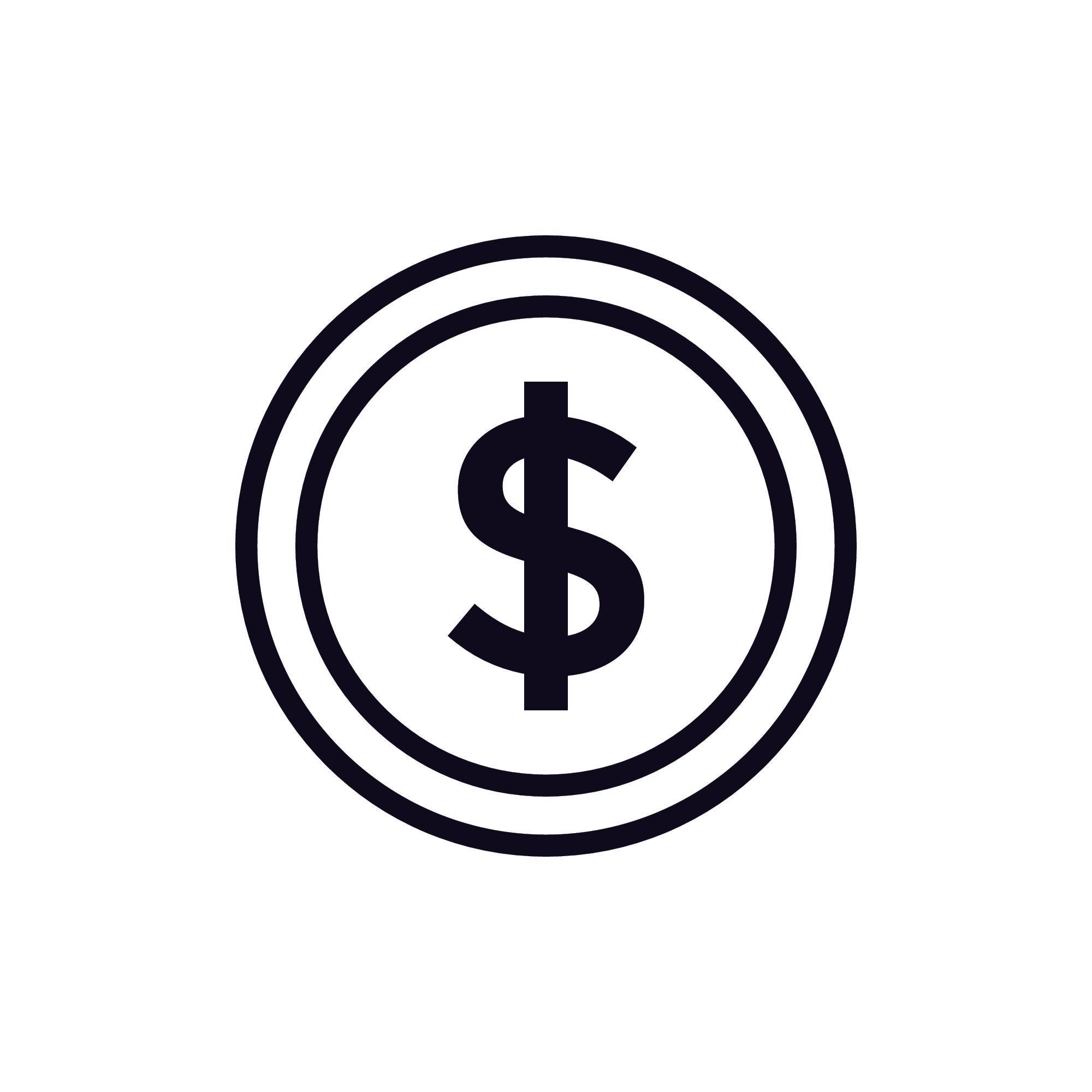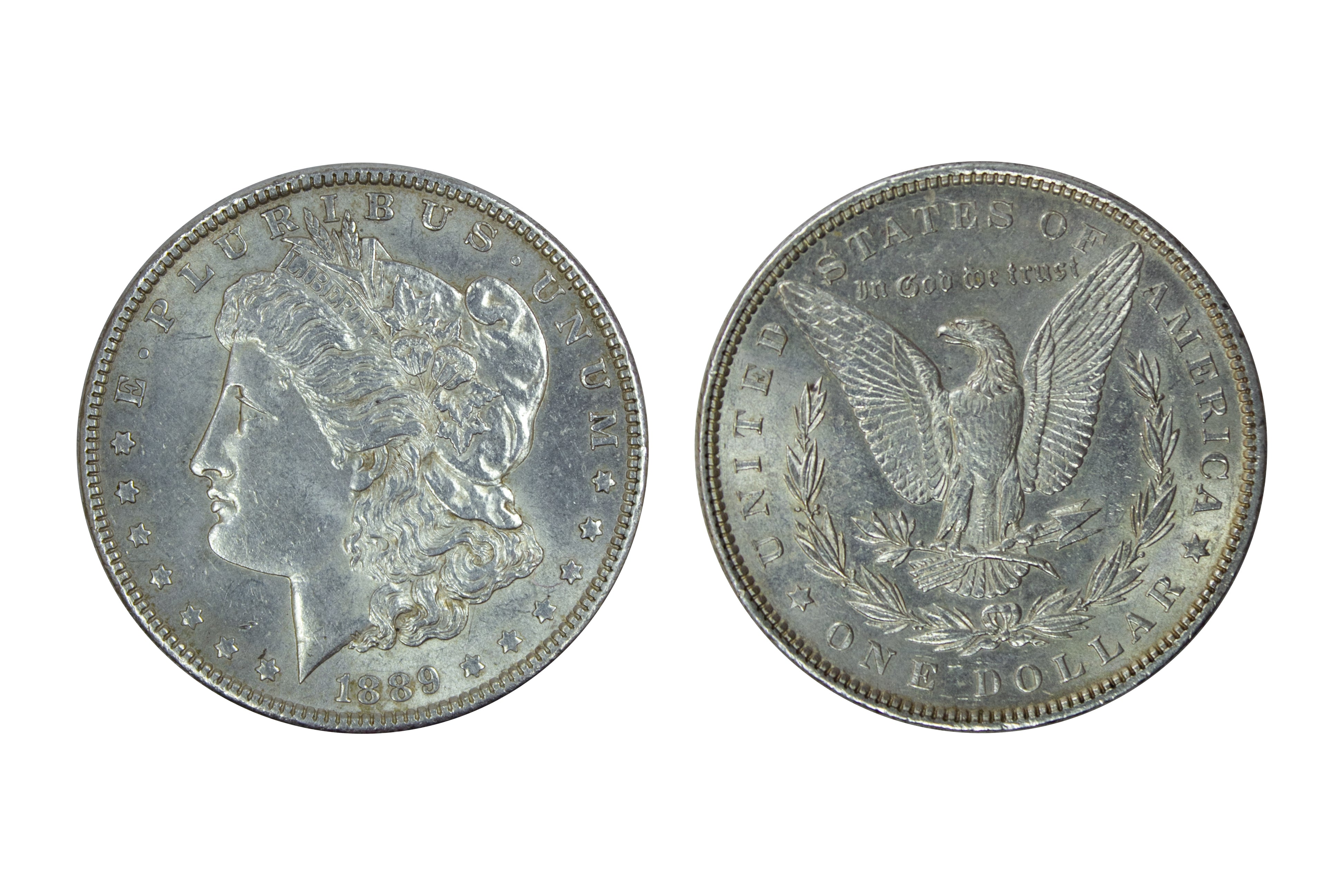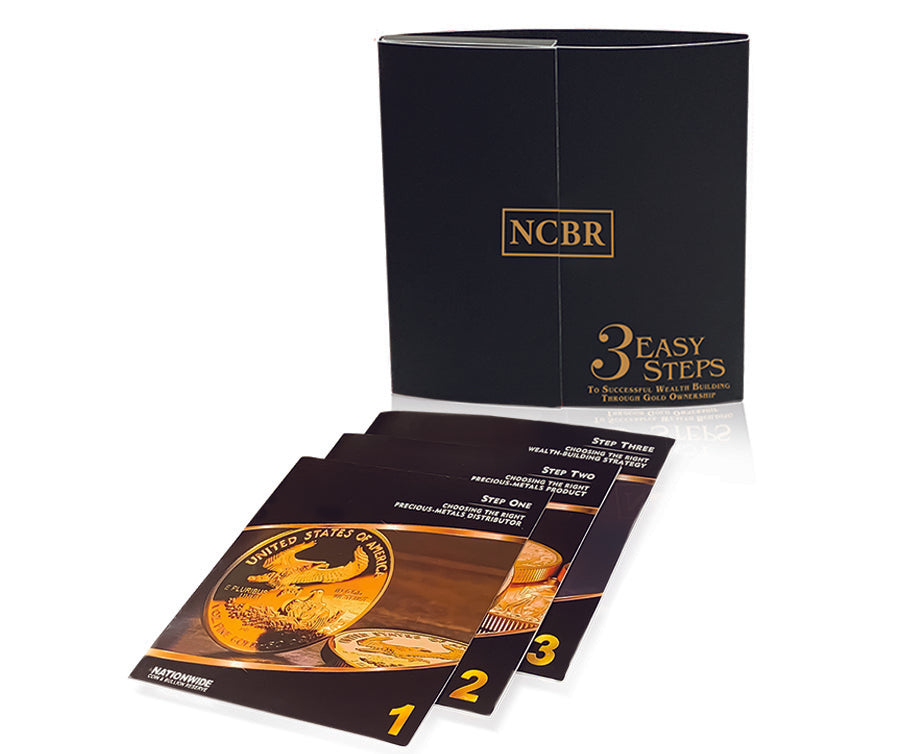The dollar sign ($) is a universally recognized symbol in the world of finance and commerce. It represents the currency unit of the United States and numerous other countries. Have you ever wondered about the intriguing origin and captivating history behind this iconic symbol? Let's delve into the fascinating story of the dollar sign.
The Evolution from Spanish Currency
During the 16th century, the discovery of abundant silver reserves in the Americas led to the minting of silver coins known as "pieces of eight" or "Spanish dollars." These coins became widely used in international trade. To represent the currency unit of the peso, merchants and traders commonly marked the coins with the symbols "ps" or "psd." Over time, the symbol underwent simplification, evolving into a single S-like symbol with a vertical line ($). This modification made the representation of the peso more efficient on financial documents, and the symbol gained widespread adoption.
The Influence of Dutch Currency
Another theory traces the dollar sign's roots to the Dutch currency, the "rijksdaalder." With a strong presence in the Americas during the colonial era, the Dutch established extensive trade networks. The rijksdaalder, referred to as the "dollar" by English speakers, had a distinctive symbol – a U-shaped or double-stroked U-like symbol (ƒ). As time passed, this symbol underwent transformations and gradually evolved into the modern dollar sign we know today.
Controversies and Debates
The precise origin of the dollar sign remains a subject of debate among historians and scholars. Conflicting theories exist, and the lack of definitive evidence leaves room for speculation. Some argue in favor of the Spanish peso theory, while others lean towards the Dutch rijksdaalder theory. The ongoing discussions contribute to the mystique and intrigue surrounding the dollar sign's history.
Popularization and Global Adoption
The 18th and 19th centuries witnessed the growing prominence of the dollar sign. As the United States emerged as an economic powerhouse, its currency gained international recognition. The dollar sign became synonymous with the American dollar and served as a symbol of economic strength and stability. Over time, many other countries also adopted the symbol for their own currencies, further cementing its global recognition.
Symbolic Representation and Cultural Impact
The dollar sign has come to represent not only financial transactions but also wealth and commerce in a broader sense. It embodies the ideals of the American Dream and symbolizes economic prosperity and success. The symbol has permeated popular culture, appearing in movies, advertisements, and various forms of media. It has become ingrained in our collective consciousness as a representation of financial power and aspiration.
Modern Usage and Variations
The dollar sign maintains consistent usage in the United States and several other countries where it represents their respective currencies. While the symbol remains recognizable worldwide, there are variations and adaptations of it in different currencies. Some countries modify the symbol to incorporate elements of their own culture or language, adding a unique touch to the universally recognized symbol. Furthermore, with the rise of digital transactions, the dollar sign has found its place in electronic systems, signifying the transfer of monetary value across the digital realm.
Conclusion
The dollar sign's origin and history are intriguing narratives that intertwine Spanish and Dutch currencies, trade networks, and the emergence of the United States as a global economic powerhouse. From its humble beginnings as a marking on Spanish peso coins to its international recognition and widespread adoption, the dollar sign has become an iconic symbol representing financial strength and prosperity. As we continue to navigate the world of finance and commerce, let us remember the rich history behind this symbol that has stood the test of time.
Real Time Precious Metals Data Below







